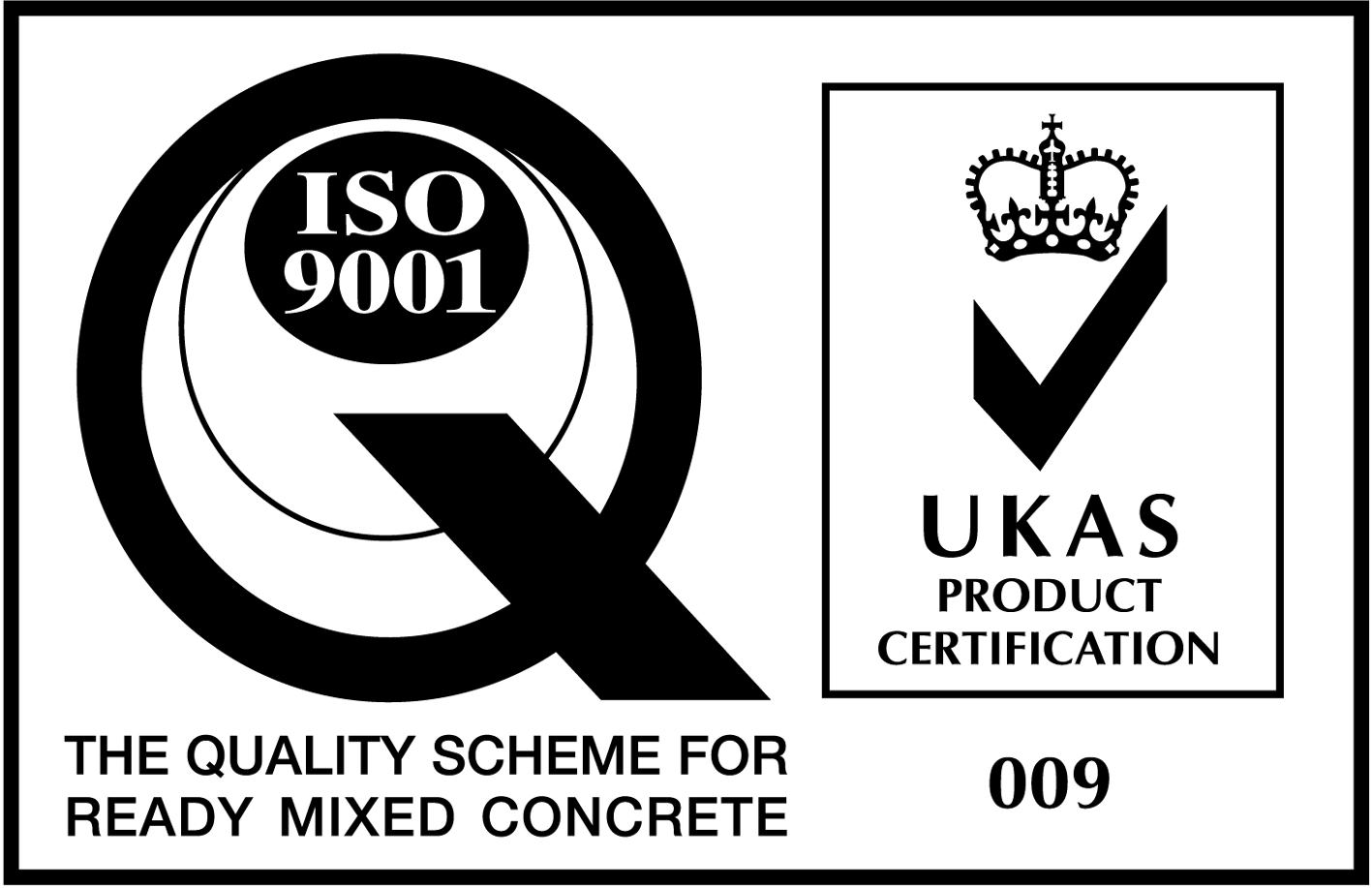Concrete Risk Assessments Guide
If you’re an employer getting your staff to prepare and lay concrete, it’s important that risk assessments are carried out to ensure that the job can be done safely.
For example, cement-based products such as mortar and concrete can cause serious skin problems, including dermatitis and burns, and the Control of Substances Hazardous to Health (COSHH) Regulations state that you must protect against these risks.
Then there are issues such as whether your workers might be at risk from the rotating drum, whether there are any sharp edges they need to be aware of, or if there are any heavy or bulky materials that require handling.
This month, we’re going to take a look at what’s involved in carrying out such concrete risk assessments. Please remember that as people’s health and safety are at risk, it is essential that these risk assessments are carried out by trained professionals or otherwise qualified persons who know what they need to look out for.
What risks are there?
The first thing to do is identify all activities involved in the job together with any likely risks, and then analyse them to see:
- the likelihood of the risk arising
- the potential severity of the risk should it arise
- the overall level of risk
These should be rated as Low, Medium or High risk. It is advisable to present these in a table format and to colour code each rating, using the traffic light system, i.e. green for low risk, orange for medium risk and red for high risk.
This will ensure that those activities likely to present a high risk can be quickly and easily identified.
Take a look at our very own example of a Concrete Risk Assessment 2017.
Who is at risk?
Once the potential risks have been identified, you next need to work out who is likely to be exposed to them. We’ve already mentioned those working on the job, but there might also be the possibility of other personnel on site or even members of the public being in the location of the work.
All those likely to be exposed to any level of risk, no matter how small, need to be taken into account.
Risks and control measures
When you know what the risks are, and who may be at risk from them, your next step is to identify the control measures you need to adopt to reduce or eliminate those risks.
For example, with the COSHH regulations referred to earlier, you might want to ensure that protective gloves are available for handling cement and additives, that hand washing facilities are easily accessible on site, or that dust masks are mandatory when loading cement into mixers, especially in areas with poor ventilation.
Assessment of risk
Once all the health and safety procedures listed above have been carried out, an overall assessment can now be made as to whether it is safe to proceed with the work in question.
This is graded over five levels:
- 1. Very Low Risk – safe to proceed work to control measures
- 2. Low Risk – safe to proceed with caution
- 3. Medium Risk – safe to proceed with further controls
- 4. High Risk – proceed under further controls and supervised
- 5. Very High Risk – unsafe – do not proceed – further action required
Further action required
If it is decided that further action is required before it is safe to carry out the work, this should be stipulated, together with when it should be actioned and when it has been completed. This should then be signed by a responsible person to confirm that the required action has been taken.
No further work should be carried out until acceptable control measures have been put in place.
At Total Concrete, the health and safety of our staff and customers is of paramount importance, and we ensure that all our concreting work is carried out to strict standards.
We operate in the Woking and Guildford areas of Surrey and the surrounding areas, so if you need concrete delivered to your site, whether ready-mixed or volumetric – call us on 0800 859 5371 .
 Trade Zone
Trade Zone
